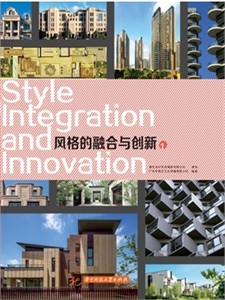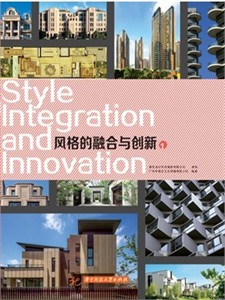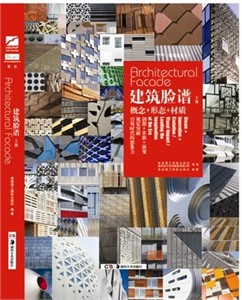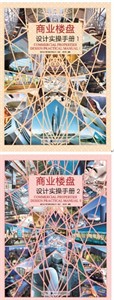期刊雜志全年訂閱
- 新刊暫停訂閱 美國《室內設計》中文版
- 停止訂閱!美國《今日家具》中文版
- ID+FT+FA三刊全年合訂1056元超值優惠
- 美國室內設計中文版+美國今日家具全年訂閱756元現優惠價
- 美國《今日家具》中文版雙月刊零訂
- 美國《今日家具》中文版過刊優惠6期隨機需求從速
期刊雜志零售
- 新刊暫停訂閱 美國《室內設計》中文版
- 停止訂閱!美國《今日家具》中文版
- ID+FT+FA三刊全年合訂1056元超值優惠
- 美國室內設計中文版+美國今日家具全年訂閱756元現優惠價
- 美國《今日家具》中文版雙月刊零訂
- 美國《今日家具》中文版過刊優惠6期隨機需求從速
建筑\室內類圖書
- 外版期刊
- 平面設計類
- 《亞洲軟裝趨勢報告 2014-2015》
- 《亞洲軟裝趨勢報告 2015-2016》
- 美國《今日家具》中文版雙月刊
- NCS+戴昆聯名色彩卡
- 《亞洲軟裝趨勢報告 2016-2017》
- 建筑類圖書
- 室內類圖書
- 景觀類圖書
- 地產類圖書
- 酒店類圖書
- 合訂本
- 其他類圖書
聯系我們
感謝各位讀者朋友對美國《室內設計》中文版雜志、美國《今日家具》中文版雜志的支持與信賴,本公司為各位讀者訂戶提供代理訂閱原版進口書刊和設計類圖書服務,有訂閱采購需求的朋友可以聯系我們,為各位訂戶朋友提供最新、最好的前沿設計書刊和資訊。
北京亞視鳳凰廣告有限公司
聯系人:
孟波:13241993732
QQ:270460466
張淑媛: 13801282266
世界都市發行部
地址:北京市朝陽區廣順北大街5號融創動力科技文化創意產業園B座B126室。
 您的位置 :首頁 » 網上訂閱 » 古建上的中國——中式建筑巡禮 傳統文化再現A Sight of Archaic Chinese Buildings
您的位置 :首頁 » 網上訂閱 » 古建上的中國——中式建筑巡禮 傳統文化再現A Sight of Archaic Chinese Buildings
其他相關書籍
-

風格的融合與創新
288.00元

-

Style Integration and Innovation
368.00元

-

建筑臉譜(全三冊)
798.00元

-

《商業樓盤細部實操手冊》
638.00元

